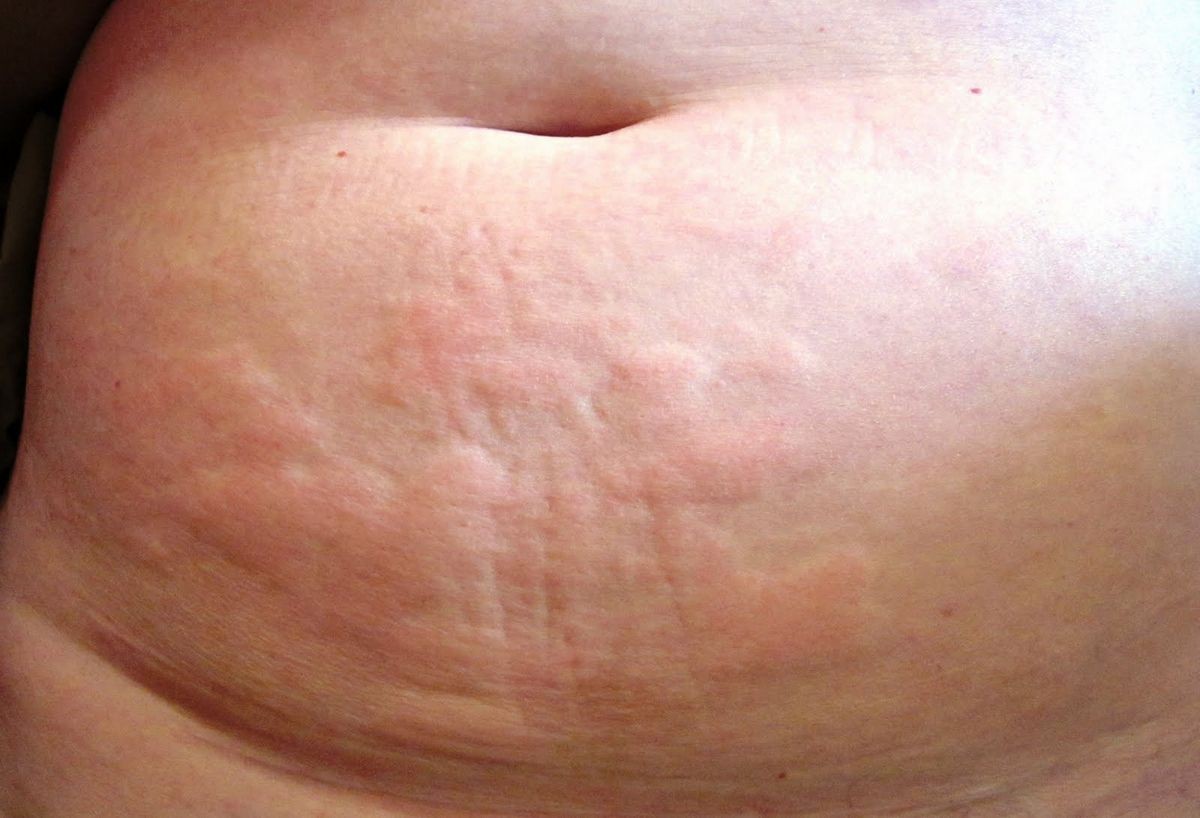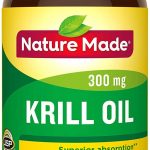
Contents
Are Hives and Rash the Same Thing?
Hives are raised, itchy skin welts. A rash is an inflammation or discoloration of the skin. Hives and rashes look similar.
Hives and rashes look similar. Both are skin reactions that are red, swollen, and painful or itchy. Hives are usually an allergic reaction, while rashes have more complex causes. Because hives and rashes have different causes, they also have different treatments. It’s important to know the difference so you can take care of the symptoms the right way.
What are hives vs. rashes?
What are hives?
Hives are raised, itchy welts that range from very tiny to large. They can show up anywhere on your skin. They usually disappear in 24 hours, but new hives might show up to replace them.
What are rashes?
Rash is the word for any inflammation or discoloration that makes skin look different from usual. They are often a symptom of some other health issue. Rashes might appear in just one place. In severe cases, a rash can spread all over your body.
Symptoms and signs of hives vs. rashes
Symptoms of hives
You can see hives on your skin, so they are easy to identify. The most common signs of hives are:
- Raised, pink or red patches or bumps
- Single welts or larger clusters of welts
- Swelling that goes away after 24 hours but is replaced by new welts
- Itching or stinging sensation
Some people get repeated cases of hives in the same place. They can usually be linked to a specific trigger like a food or medicine. Doctors call this “fixed hives.”
Symptoms of rashes
Rashes cause skin discoloration and swelling. They can be red, scaly, blistered, or blotchy. Some rashes are itchy or painful.
You might get a rash when you have another illness, such as a virus like shingles or measles. You should call a doctor for any rash that is accompanied by fever or significant pain or for rashes that appear suddenly and spread all over your body.
What are the causes of hives vs. rashes?
Both rashes and hives have underlying causes. Knowing what causes skin reactions can help you know how to treat them.
Causes of hives
Hives are often caused by allergies. Foods, medicines, or other allergens can trigger a case of hives. Common triggers include:
- Foods, including fruits (especially citrus), milk, eggs, peanuts, tree nuts, and shellfish
- Pollen
- Insect bites and stings
- Medicines
- Animals
You can get hives for other reasons as well. Some people develop hives due to skin irritations from scratching or pressure.
Some of the other causes include:
- Infections
- Exposure to sun, extreme heat or cold, or irritating chemicals
- Stress
- Some illnesses
Causes of rashes
There are a lot of different types of rashes. Some of the most common rashes include:
- Atopic dermatitis: Also known as eczema, this type of rash doesn’t have a definite cause but can run in families.
- Seborrheic dermatitis: This is a greasy or crusty looking rash that often shows up on and around the scalp. The suspected causes are a combination of environmental factors such as climate, your overall health, and family history.
- Contact dermatitis: These are rashes caused by touching something that irritates your skin. Detergents, plants, and body care can lead to this type of rash.
You might also get a rash due to a virus or fungal infection. Measles, chickenpox, and yeast infections all can lead to rashes.
Diagnosing hives vs. rashes
Since rashes and hives both have underlying causes, you may need to visit a doctor to figure out exactly why they’re happening.
Diagnosing hives
Doctors can identify hives just by looking at them. However, they can’t always quickly identify the trigger for the hives. There are different tests doctors can do to figure out what caused your hives. You might need allergy tests, bloodwork, or a skin biopsy to learn why you have hives.
Diagnosing rashes
The first thing your doctor will need to do is look at the rash. They will also ask you questions about when it appeared, whether it is itchy or painful, and other symptoms. Symptoms such as fever or difficulty breathing could be a sign of a severe allergic reaction.
To figure out the cause of the rash, your doctor will ask about foods, medicines, or chemicals you might have consumed. They might want to know about your contacts with unfamiliar plants or animals and if you are using new detergents or body care products.
If the doctor suspects you have a viral or fungal infection, they might take a swab from your skin and send it to a lab.
Treatments for hives vs. rashes
Rashes and hives require different treatment to clear them up. Once you know whether you have a rash or hives, you can determine the best treatment options.
Treatments for hives
For mild hives, you can treat them at home with cool compresses and over the counter anti-itch medicines.
If your hives don’t go away with home care, your doctor might prescribe a stronger medicine to clear them up. Medications your doctor might prescribe are:
- Antihistamines
- Corticosteroids like prednisone
- Antibiotics
- Medication for redness and swelling
If you have chronic hives, your doctor might suggest an injectable medicine called omalizumab. This treatment helps clear up stubborn hives that haven’t responded to other treatments.
Treatments for rashes
Treatment for a rash will depend on why the rash is happening. Dermatitis conditions can’t be cured but you can take steps to reduce your symptoms. Depending on what type of rash you have, your doctor will suggest different treatments. Possible treatments for rashes are:
- For atopic dermatitis: You can manage symptoms with over the counter medicines to prevent itching as well as gentle moisturizers. If you know what causes the rash to flare up, your doctor will advise you to avoid those triggers.
- For seborrheic dermatitis: Your doctor may suggest special shampoos to reduce the appearance of the flakes and scales from this kind of rash.
- For contact dermatitis: The best way to prevent contact dermatitis is by avoiding the substances that trigger it. If you have a flare-up, your doctor will suggest medicines to relieve the discomfort until the reaction fades.
American Academy of Dermatology Association: "Eczema Types: Atopic Dermatitis Diagnosis and Treatment."
American Academy of Dermatology Association: "Eczema Types: Atopic Dermatitis Overview."
American Academy of Dermatology Association: "Eczema Types: Contact Dermatitis Diagnosis and Treatment."
American Academy of Dermatology Association: "Eczema Types: Contact Dermatitis Overview."
American Academy of Dermatology: "Hives: Causes."
American Academy of Dermatology Association: "Hives: Diagnosis and Treatment."
American Academy of Dermatology Association: “Hives: Overview."
American Academy of Dermatology Association: "Hives: Signs and Symptoms."
American Academy of Dermatology Association: "Hives: Tips for Managing."
American Academy of Dermatology Association: "Rash 101 In Adults: When To Seek Medical Treatment."
American Academy of Dermatology Association: "Seborrheic Dermatitis: Overview."
American Academy of Dermatology Association: "Seborrheic Dermatitis: Diagnosis and Treatment."
American Academy of Dermatology Association: "Seborrheic Dermatitis: Diagnosis and Treatment."


